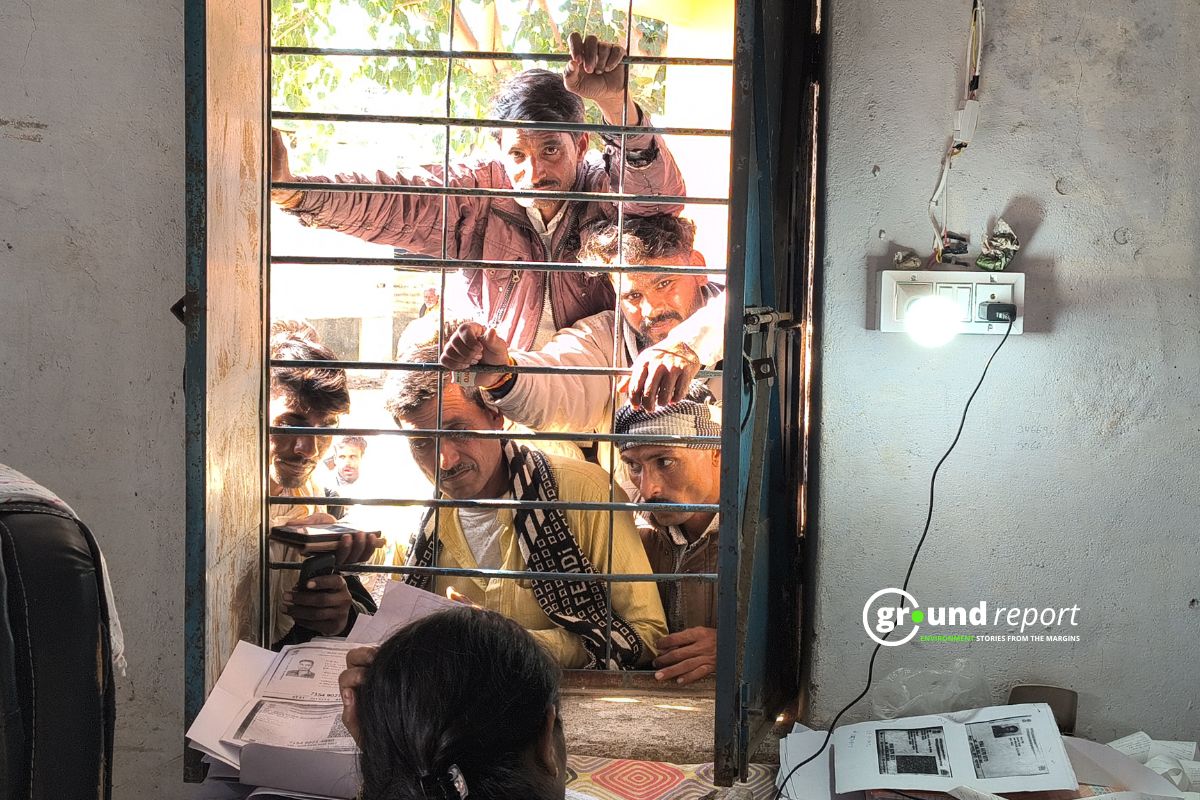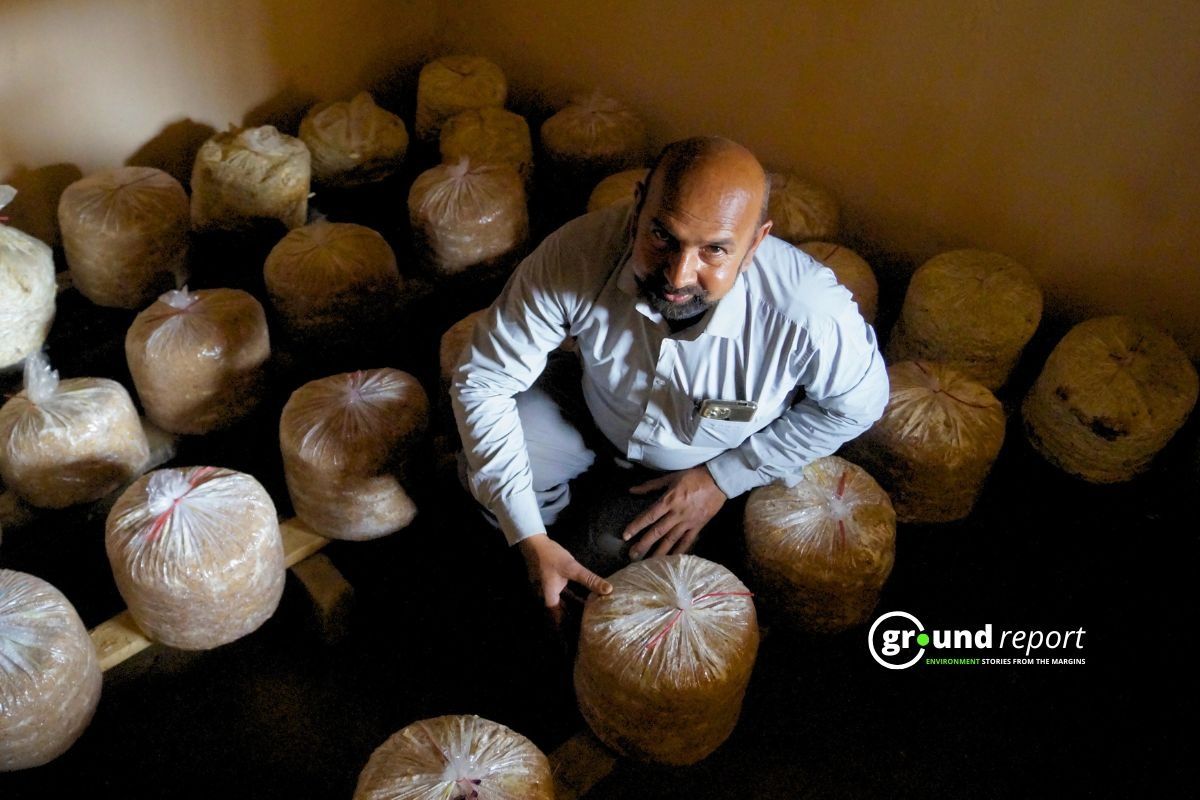India is developing two offshore wind farms, each with a 500 MW capacity, with an estimated 70 GW offshore wind energy potential. The Indian government has approved a Viability Gap Funding scheme to facilitate these projects. Despite having 54 offshore wind farm projects, none are currently operational, and no project has advanced far enough to link turbines and produce electricity.
Historical Context and Global Landscape
Offshore wind energy has a rich history, with the first turbine installed in Denmark in 1991. Over the past two decades, more than 57 gigawatts (GW) of offshore wind capacity have been installed across 18 countries, with the United Kingdom, China, Germany, Denmark, and the Netherlands leading the charge.
National Offshore Wind Energy Policy
Recognizing the potential of this clean energy source, India initiated its offshore wind energy policy in October 2015. The policy aims to develop offshore wind energy in India’s Exclusive Economic Zone (EEZ) and creates a structured approach to harness wind energy available off the coast.
Key points of the policy:
- The Ministry of New and Renewable Energy (MNRE) is designated as the nodal authority.
- The National Institute of Wind Energy (NIWE) in Chennai is appointed as the primary agency for resource assessment, surveys, and facilitating offshore wind farm establishment.
Potential and Resource Assessment
India’s extensive coastline of approximately 7,600 kilometers offers significant potential for offshore wind energy:
- Approximately 36 GW potential off the coast of Gujarat
- Nearly 35 GW potential off the coast of Tamil Nadu
The MNRE has launched measurement campaigns using Light Detection and Ranging (LiDAR) technology to gather accurate wind data and validate these estimates.
Strategic Development Models
The MNRE has introduced three development models:
- Model-A: This model is for sites where studies have been conducted by NIWE or government entities. The MNRE will procure offshore wind power capacity through competitive bidding, with financial assistance available to achieve predetermined power tariffs.
- Model-B: This model allows prospective developers to conduct their own studies and surveys, with project development based on bilateral agreements or for captive consumption. The government may later call for bids for power procurement.
- Model-C: Developers can identify any offshore wind site within the EEZ, excluding those under Models A and B, and conduct their own studies. The government will facilitate bidding for project development, giving preference to developers who have conducted prior studies.
Despite these challenges, India’s commitment to offshore wind energy demonstrates its dedication to diversifying its renewable energy portfolio. Success in this sector could significantly contribute to India’s clean energy goals and position the country as a leader in offshore wind technology in the Global South. However, overcoming the technical, financial, and infrastructural hurdles will require sustained effort, investment, and international collaboration in the coming years.
Keep Reading
What are MNRE’s VGF guidelines for 1 GW offshore wind projects?
Indian agriculture household earns just Rs. 10,218 in a month: Govt
Post-harvest losses still high, reveals data shared in Lok Sabha
Support us to keep independent environmental journalism alive in India.
Follow Ground Report on X, Instagram and Facebook for environmental and underreported stories from the margins. Give us feedback on our email id greport2018@gmail.com.
Don’t forget to Subscribe to our weekly newsletter, Join our community on WhatsApp, Follow our Youtube Channel for video stories.









